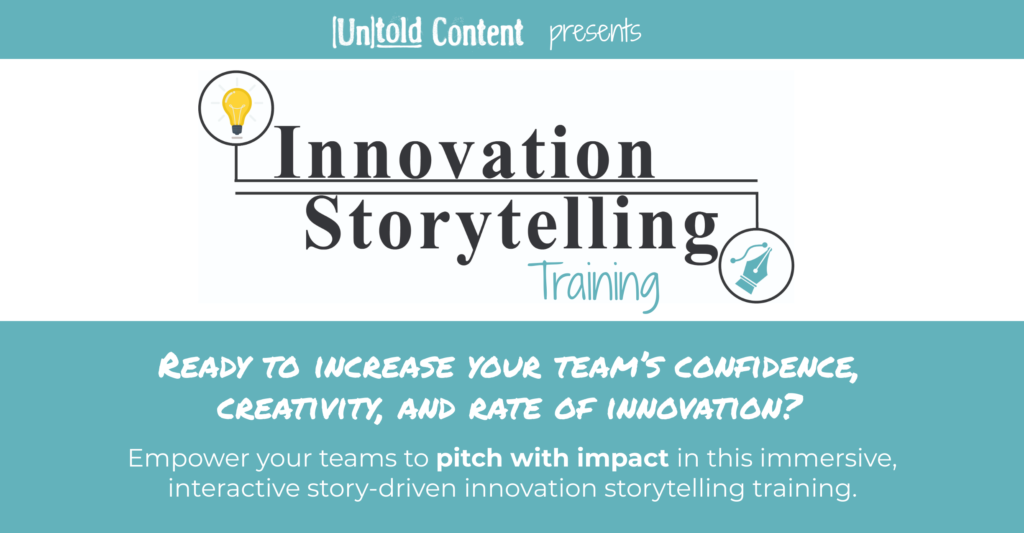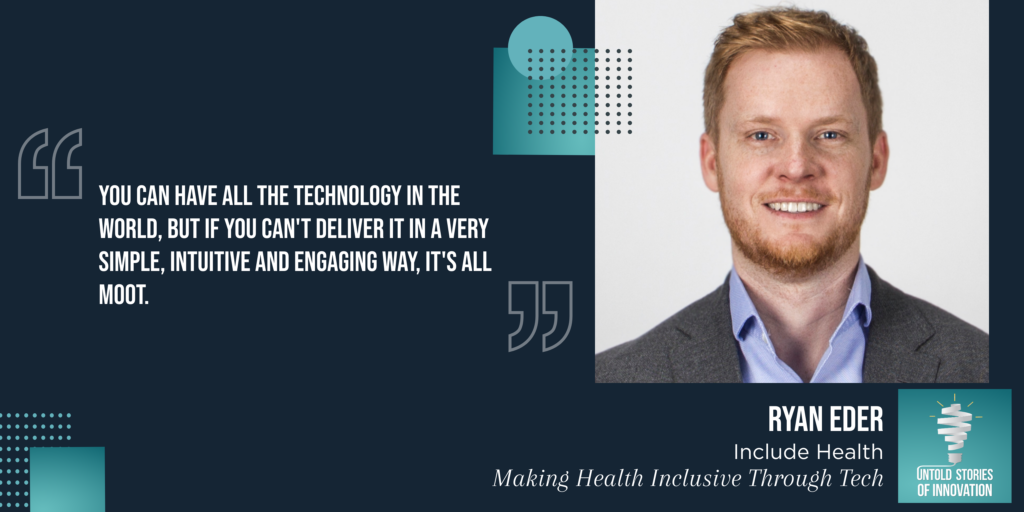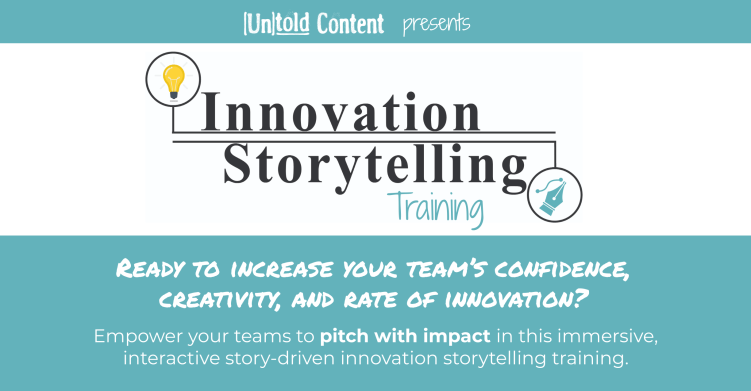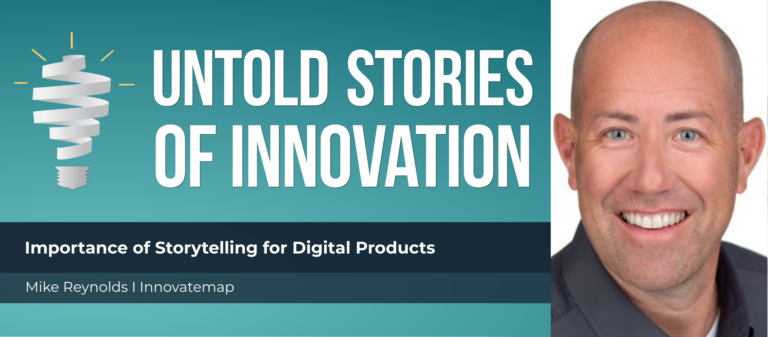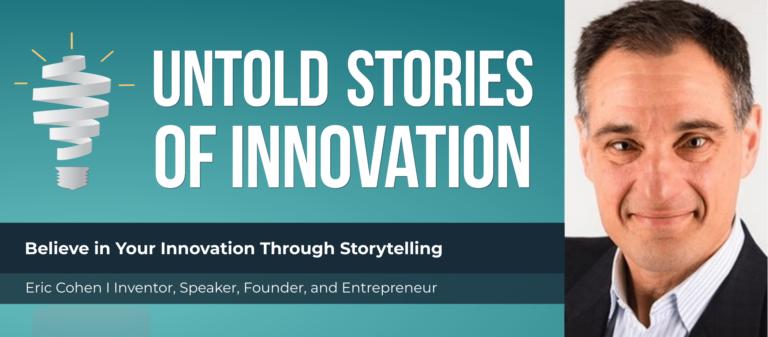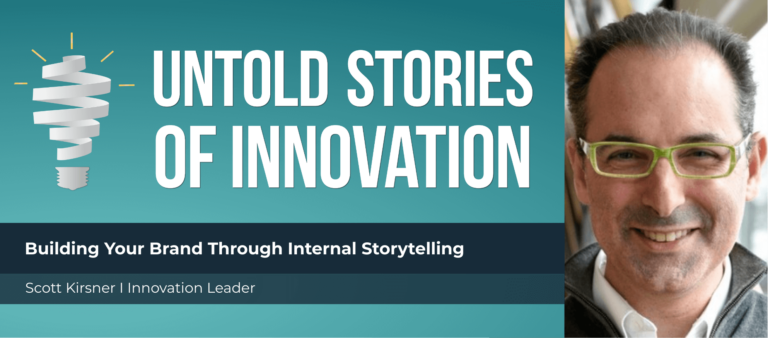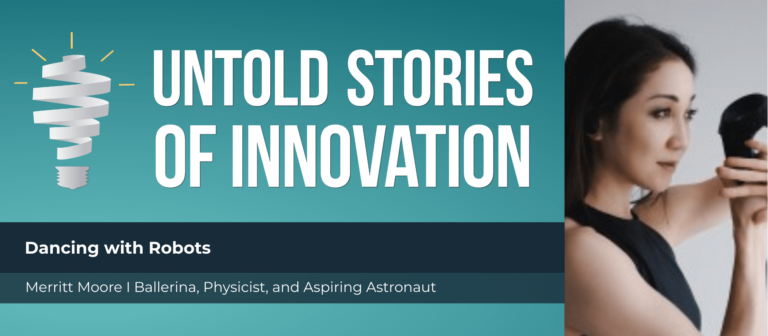Health Technology with Ryan Eder of Include Health
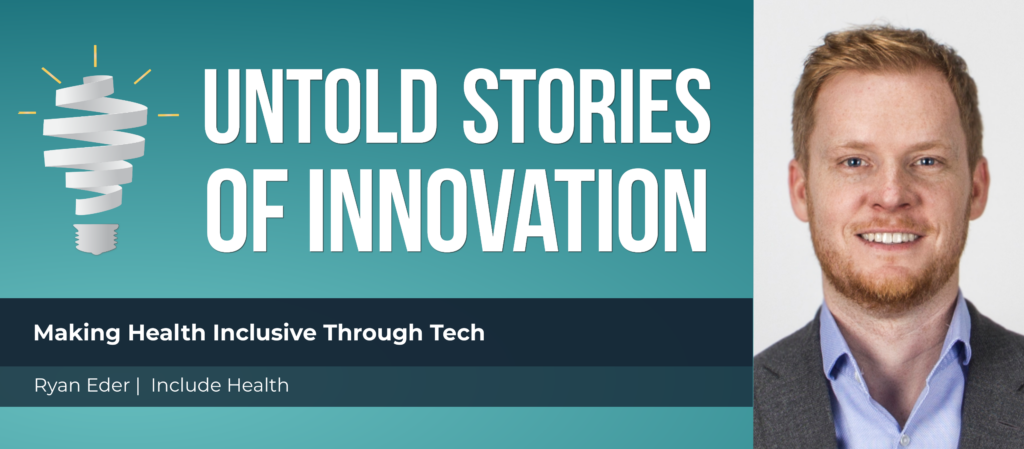
Untold Stories of Innovation
“You can have all the technology in the world, but if you can't deliver it in a very simple, intuitive and engaging way it's all moot.” —Ryan Eder, founder and CEO of Include Health
From today’s episode you’ll learn:
Why do stories matter to the innovation process? What values can be instilled in innovators who share stories? How do innovation leaders inspire creators to tell and share their success and failure stories?
We speak with Ryan Eder, founder and CEO of Include Health, to dive into the world of tech in healthcare today. He walks us through how he has grown his idea from an undergrad project, to a business, and to a platform through the lens of accessibility. By fully immersing himself in the world of his audience, Ryan has established relentless empathy as the core of Include Health’s story. Check out more stories of inclusivity in health like the Microsoft We All Win and the Nike FlyEase campaigns.
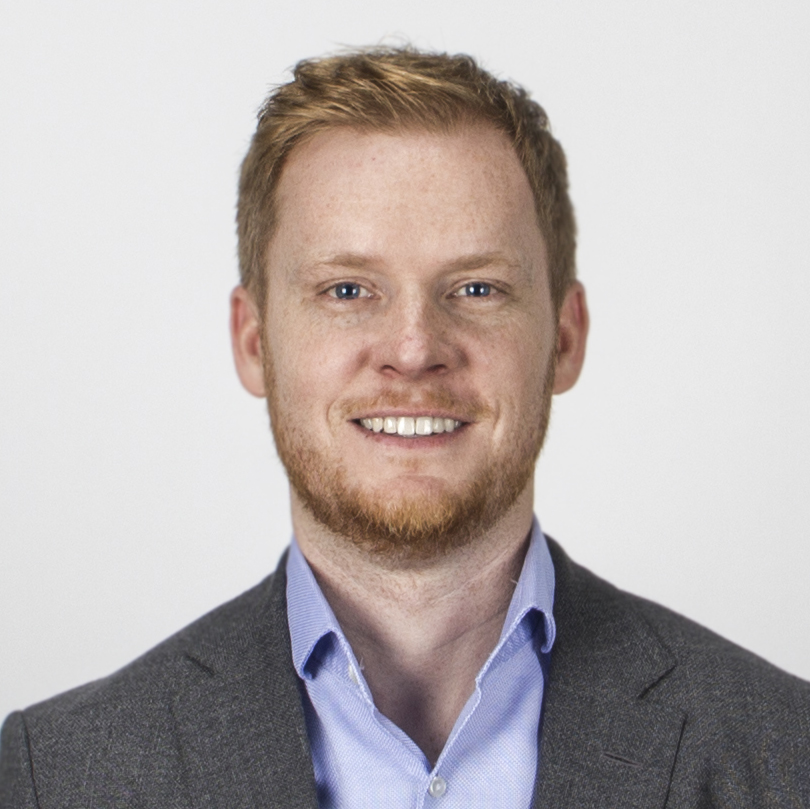
Ryan Eder is the founder and CEO of Include Health. Include began as a senior thesis project and has grown into an award-winning company on par with Apple, Nike, and Tesla. Their network of tech innovators and health professionals utilize a simple platform to connect patients and providers, leading to more effective care. Ryan has blended tech and health in new ways using an unlikely pair of tactics: data and empathy.
untoldcontent.com/trainings/innovation-storytelling-training
TRANSCRIPT
This episode is powered by Untold Content’s innovation storytelling training. Increase buy in for your best ideas in this immersive and interactive, story-driven experience. Where your teams refine storytelling techniques for their latest projects, prototypes and pitches—and get inspired by 25 epic examples of impactful innovation stories. Learn more at https://untoldcontent.com/innovationstorytellingtraining-2/.
Katie: Welcome to Untold Stories of Innovation, where we amplify untold stories of insight, impact and innovation. Powered by Untold Content, I’m your host, Katie Trauth Taylor. Our guest today is Ryan Eder. He is founder and CEO of Include Health, which is transforming musculoskeletal results through digital solutions. Ryan, thank you so much for being on the podcast.
Ryan: Thank you for having me.
Katie: So tell us about your personal story of innovation and where it began.
Ryan: My story of innovation goes back 14 years. So my background’s in design, product design, industrial design. And actually Include Health started as my senior thesis at the University of Cincinnati. It started through a parallel but different lens. It actually started through the lens of accessibility. I was working out at a gym on the West Side of Cincinnati and saw a guy in a wheelchair struggle while exercising. And I noticed he had like a bag full of accessories to help him transfer in and out of his chair and adapt to the various equipment. And he spent more time doing that than actually exercising. So, you know, in my mind, I thought, it’s hard enough for any of us to stay active and healthy, let alone if you’re dealing with equipment that doesn’t even consider your needs. And so I actually focused my senior thesis on developing a piece of physically accessible fitness equipment that really removed all the physical barriers and provided a platform for people of all ages and abilities to stay active and healthy.
Katie: Wow, that’s incredible.
Ryan: Thanks. Yeah, so that’s where it started. And it was literally a 10 week project that I just kind of bunkered down. And, you know, the goal was to put everything I had learned out of UC and DAAP into the project, get a good grade and get a good job. Right. That was kind of the mindset back then. And so I did. I got a good grade and I moved up to Columbus and started working as a product designer for a firm called Priority Designs. And now, about six months into that, I decided to enter my thesis into the International Design Excellence Awards competition. Back then, it was actually sponsored by BusinessWeek. And that’s a global competition for design firms and corporations to submit their latest and greatest products and they had a little baby student category. And I was like, yeah, sure, I’m proud of it. Put it out there, see what it does. And lo and behold, out of like 1300 entries from 35 different countries, it ends up winning Gold, Best in Show, and People’s Choice. It was wild. Like the following year, Apple won for the iPhone and in subsequent years, Nike, Microsoft and Tesla won.
Katie: Oh, my goodness. Wow.
Ryan: And so I’m six months out of school. Right. And that happens. And I don’t fully realize the gravity of what happened. And that really was the catalyst to start taking that idea further. And there’s multiple chapters in the history of Include, but that’s how it got all started.
Katie: So tell us a little bit more about what Include Health does.
Ryan: We’re really focusing on lowering the barriers of keeping people active and healthy. And that roots back to the original purpose of my senior thesis, right. What started as removing physical barriers has evolved significantly and to the cognitive administrative barriers and really leveraging — you know, one of our sayings is we leverage, we provide digital tools for tangible solutions and tangible results. And so what we have now is this musculoskeletal platform that has at its core you have a HIPAA compliant, medical grade cloud infrastructure. And that is connected to connected equipment and sensors to really drive next generation musculoskeletal care. So what that really means is that we’re able to connect all various types of equipment — strength equipment, cardio equipment — that’s traditionally used in physical therapy and rehabilitation and general performance, and we’re able to breathe digital life into that and really help quantify and qualify, you know, where someone is along their health journey and help them more efficiently get from point A to point B through data, through connectivity and through medical grade instruction and programing.
Katie: Tell us about the patient experience and the provider experience when they’re working inside the Include Health platform.
Ryan: Sure. It’s very simple. So, you know, again, with the design background, my whole philosophy is you can have all the technology in the world, but if you can’t deliver it in a very simple, intuitive and engaging way, it’s all moot. So from a practitioner side, which is where it starts, is we have online protocol authoring tools. Where you can go in and you can create your protocol for a total knee replacement, whether it’s for a certain population, whatever it may be, and you can create it in a matter of seconds and set, you know, types of exercises, amount of resistance, the time, all these different parameters and it automatically is available on any of your connected equipment. And then you can go up to the equipment with an RFID tag or an RFID sticker — we offer both options — and this is where the patient comes in. And, you know, they log in and it’s as simple as there’s a tablet there and it says hi to the patient. Like, welcome to your program. And it gives them information on how to do the exercises, how to set up the machine. You then get in the machine and it will do something as simple as counting your reps and tracking your range of motion to know you did a qualified rep. Then it counts rest time in between your sets and your exercises. And that’s really from a patient standpoint what people love is it’s just real simple. But in the back end, while we’re doing that and giving this live autonomous guidance, we’re collecting a data set on that individual to really help quantify and qualify their health and performance. So we’re building a digital profile of velocity, force, power, tempo, range of motion, symmetry. We can start understanding deficits between someone’s left side or their right side, which is a key indicator for potential injury risk. And we send all that data back up to the cloud where both the patient and the practitioner have access to that data. You can see an automatic report that’s put together every time you do a session that lays out exactly what you did and how you met those goals. But then also there’s powerful analytic tools where we can look at your progress over time. From an individual, of course, it’s making, you know, your health tangible and saying, OK, I can see how, you know, my strength is increasing, my range of motion is increasing, versus just kind of what historically has been a very kind of soft, just like, okay, I think I feel better, but I don’t really know how to describe it any more than that. Right. And from a practitioner side, they’re able to pull all their data from their patients together and start analyzing macro trends and seeing how effective certain protocols are across certain populations, across certain demographics, and really start to get insights into how to deliver the most efficient and effective care they can.
Katie: Yeah, I imagine this has really, really incredible potential implications for fields like physical medicine or occupational therapy in terms of being able to create new clinical outcomes data and sort of be able to see, like you mentioned, be able to see what is the state of the art, what are the new — what threshold sort of in terms of exercise capability or flexibility or range or strength. How did those sort of align with pain and pain data? Oh, my goodness. There’s so much potential, I think, for clinical outcomes and to create new ways of perhaps creating validated measures for some of those things.
Ryan: It’s unbelievable. And what’s interesting is we have — I mean, our technology is deployed in a lot of different sectors of care. So from orthopedics to neuroscience, pediatrics, long term care like assisted living, independent living, or in the government, V.A., and we’ve been working with the Air Force for the last year and a half. And, you know, across the spectrum, what’s fascinating to me is that everybody essentially is trying to do the same thing. You are trying to objectively define where someone is, I call it along the health spectrum. Essentially, where is someone’s point A — where they are today — and what point B — where you can get them — and how you get them there, again, as effectively, efficiently as possible. And so we have, you know, folks that are just rehabbing their total knee replacement, right, and getting them back to return to life. We have warfighters focusing on mission readiness and longevity. We have researchers in neuroscience that are mapping our data to Alzheimer’s. And it’s just — it’s so exciting to be able to give them a powerful tool that lets them run with it and just continue to push their expertise. And so I always joke that at the end of the day, you know, we’re just a bunch of design and tech nerds, right, that want to provide a powerful tool to give it to the hands of the experts and to really just drive efficiencies.
Katie: I think there’s a great lesson in the sort of circumstance that your organization is in, which is that you reach many different audiences for many different applications. All of it, of course, focused on health and wellness. But could you speak a little bit more to how you have learned to craft the right story for the right audience in order to make sure that the product resonates?
Ryan: At the end of the day, it’s how a designer thinks. And what I mean by that is it’s — as a designer, you’re learned — you’re taught to just listen and solve and deliver. And so, you know, through the years, I mean, when we started through a lens of physical accessibility, that was a whole — that was one whole group of challenges and issues that we needed to solve. And when we were going through that process, it actually came to when we were doing like a demo tour of the original machine without any software, data or anything. And you start having this idea of like, OK, people are like, oh, you know, that’d be great, and I can do all my exercises and, you know, keep track of that. And you start thinking like, OK, well, how do you know what to do, how much to do, and keep track your progress? And that’s kind of where the software started. And then the software really started to grow when you start to just loop in practitioners and experts and start collaborating. So we started to loop in trainers and therapists and physicians and payers and you just listen and you understand the problems they’re navigating and figure out how you can deliver tangible tools to help solve those. And so, you know, then the more you listen, the more you understand the nuances of their world. So like when we talk about our platform, the conversations we’re having in orthopedics are very different than in, you know, long term care assisted living. And that’s obviously very different than the military. Right. But you understand the common denominators between them and you’re really just slightly tweaking the messaging to understand and map to their goals.
Katie: Definitely. I think listening is such an important aspect of all innovation storytelling. Right. If you’re not in tune with your audience and who you’re trying to reach — and you’re getting feedback too and refining it along the way — then it’s certainly probably not as effective as it could be.
Ryan: It’s everything. It’s listening and then just relentless empathy. And just thinking about the world through the lens of someone else.
Katie: Tell me more about the role that you notice empathy playing in getting buy-in and ensuring that your innovation is relatable and usable.
Ryan: I thread empathy into everything I do. At its core, it’s part of my core existence. And again, I credit a lot to just the designer mentality. And it’s like you don’t design for yourself, you design for other people. And you can listen and you can understand those problems but then if you really try to put yourself in their shoes. Right. And really try to think about things from their perspective, then you can relate on levels that you wouldn’t even imagine. And this goes back all the way to my senior thesis, where it’s part of me trying to understand the challenges of physical accessibility. I rented a wheelchair and went to local facilities and tried to work out in a chair myself. I joined a wheelchair football league and played wheelchair football every Saturday for the month of May. Just to even understand some of the cultural aspects of it. And, you know, it’s limited immersion, right? Let’s be real, it’s 10 weeks. And so you’re not going to understand the depths of what it means to be paralyzed in any fashion. But you can start to get these little nuggets and understand these different components to it. And that all feeds into your ultimate sign that sometimes it’s — people can’t even describe it, but they realize that it connects with them. And it’s because of all of that immersion and empathy and listening all rolled up into hopefully something of value.
Katie: How did you get the bravery and the boldness to step outside your own sort of life circumstance and try those things out, run those experiments? That can be really difficult or challenging for a lot of people.
Ryan: It can be. You know, I kind of had this epiphany when I was going through school where — when I was young, in the early ages, like I was really just fascinated with the aesthetics of design, making something, you know, a great visualization that just people got excited about it — oh, that looked really cool — but it didn’t really have a lot of substance behind it. And, you know, by my last co-op out of UC was with a design firm out in Portland, Oregon, called Ziba Design. And when I was out there, what I loved about them is they just broke down everything into its like fundamental, foundational elements. Any problem, whatever, however big or small it would be, they would just break it down and really start making things tangible and digestible. And I applied that to this. And admittedly, I just happened to be at the right place at the right time where I saw that guy struggle at the gym. I’d belonged to that gym for five years. I’d never seen him there. Right. So that one time, at the right time in my design education, I saw that and just things aligned where — I’ve always felt like, what’s the point of designing something if you’re not solving a problem and helping people. And that just seemed like the perfect application for it. For me, it was my senior thesis. I mean, I’m going to go all in and see where this takes me. Now, 14 years later, this is where we are. So it’s been a wild journey.
Katie: Do you share some of those stories internally amongst your teams to kind of continue embedding the value of empathy and its role in the way that Include Health will continue to innovate?
Ryan: Oh, yeah. I mean, it’s easy in, you know, in our industry where you can get wrapped up in the technological stack and the details of communications and protocols and metrics and, you know, all of that piece of it. Right. And so often you’ll get in these conversations, you’ll be like, “Wait, does that matter to the person? Does that matter to that practitioner? Does that matter to that patient that’s just trying to get back home and spend more time with their family?” Right. And it’s — you always just roll it back up to that. And, you know, a lot of times that kind of reveals a moment of truth where you’re like, “Oh, yeah, right. Okay. Never mind. All right. Let’s go this path.”
Katie: Sure. Yeah, definitely. Tell us a little bit more about, you know, your visions for the impacts that you’re able to make as CEO of Include Health.
Ryan: The opportunity in front of us is just immense. You know, I have just first, you know, firsthand perspective of, you know, seeing — I mean, our first workout on the system was from a quadraplegic veteran at the Cleveland V.A. And he was able to use our various adaptations to independently exercise for the first time. You see that and I mean, you get goose bumps, right? You know, we have some great partners where we’re helping teens with cerebral palsy to help gain independence. We have some folks that are in their 80s that literally log into our equipment and do their own workouts every day on their own and track their progress. You know, just helping people stay healthy is just I mean, it’s fundamental, right. And when you feel that you can help contribute to that and help people just maintain a quality of life or help get them to where they want to go. I mean, it’s so inspiring and it just constantly provides fuel to your fire to just keep pushing and keep expanding the platform.
Katie: So the impacts are incredible. I’m thinking last year in particular, our team at Untold, we collected what we called epic examples of innovation storytelling. And two of them that stood out from 2019 —this, again, this is last year — were the Microsoft We All Win campaign. Did you get to check that out? Yeah, I think it aired during the Super Bowl and so it got a lot of visibility. But they had essentially created a controller that doesn’t require, you know, a sort of more accessible — so you don’t necessarily have to have all five fingers to use this video game controller. And the storytelling that they were able to share around that innovation was so beautiful. I’ll share a link in the show notes. The other example that we share in some of our innovation storytelling workshops is the Nike FlyEase story. Which is a shoe, yeah, that you can sort of — it’s a laceless shoe. It doesn’t use a zipper. It’s Velcro based, but it’s meant to enable folks who don’t have that sort of very fine motor capability to be able to put their shoes on by themselves. And it all kind of started from a letter that a high school senior wrote to Nike to say, “When I go to college, I want to be able to put my shoes on by myself. Nike, can you please help me make that possible?” So I think there’s a new level of social impact that the public in general is looking for out of innovation and for innovations themselves to be inclusive. And I think that’s beautiful. Your work really falls in line, I think, with a lot of those types of innovation stories that are coming out, too.
Ryan: Yeah, it’s — at the end of the day, it’s just on a very human level. Right. And so it’s, again, technology for technology’s sake — I mean, again, I classify myself as a tech nerd. I love technology. But, you know, you don’t get more visceral than helping someone on a very human level. And, you know, being able to help a wide variety of populations, you know, is just it’s so rewarding. And all those stories you shared are just I mean, they’re very inspiring, right. From these brands. And then what’s very exciting from my perspective is that, you know, it started from this lens of accessibility. And that, as I describe it, as, you know, it has fanned. And what I mean by that is like there’s a terminology in the startup world where startups pivot, right. You’re going in one direction, all of a sudden you got to completely go 90 degrees the other way and just keep going. And they change kind of their goal and their mission along the way. And for us, you know, I say I’d like to say we fanned because our story, our starting point is still exactly the same of making health and performance more accessible. It’s still there. And we’re solving that problem. And now we’re just doing it in such a broader way. And to be able to apply this same technology towards war fighters and to help ensure that they are in optimal condition, you know, for warfare and mission readiness and longevity. And what you can do from a human performance side of things to then what you can do from musculoskeletal care and total knee replacements, total hip replacements and the deep medical application. It’s just, you know, I never would have imagined all the applications for this type of technology that started as a product and now is a platform. And it’s extremely exciting.
Katie: Can I pick your brain a little bit? Because you really are able to take your platform and think about these different applications and adapt your story for each of those audiences. Can you share with us some of the challenges that you notice around telling effective innovation stories? Why is it so hard?
Ryan: It’s interesting because I don’t particularly find it that hard, because I think as a designer you learn how to tell a story, right? You learn how to tell a narrative. And you know, everybody loves a really good story. I’m very fortunate that our origins are so rooted in a really good story of, you know, helping people, you know, seeing something that needs to be fixed, fixing it and then being — getting early recognition for it. That lays a really strong foundation for us, right.
Katie: Oh, definitely. Yes.
Ryan: We’ve just built on that. And it has continued to grow where, you know, the funny story is like we went through years where I was just doing this nights and weekends kind of, after those awards. And then we had some challenges, you know, as any young company does, getting the proper funding and support to kind of get it to the next level. And we ultimately, you know, we did and we kept building and keep iterating, it kept expanding. And then like in 2016 — so I mean, I originally won those awards in 2007. We basically went dark. No one heard about us after that, really, until 2016, where we bubbled back up and said, here is the evolution of this and here is this digital platform of the software and all. And we could tell this expanded story with those same roots. And we decided to enter it back into that design competition that we won in 2007. I was under the assumption we’d probably get disqualified because of its heritage, right, and its lineage to the original machine. And lo and behold, we ended up winning Best in Show again.
Katie: Oh, wow, that’s amazing.
Ryan: Yeah, it was wild. And so like now we’ve won 29 innovation and health awards. And it is all about telling this story and understanding why you’re here, what you’re doing, how it can help people. And you know, if you can thread that together in the correct way, just, doors open.
Katie: There’s a lesson learned too here around putting your name out there for innovation awards and allowing that to force you to refine the story and get it right.
Ryan: Well, yeah, absolutely. And, you know, like a lot of times articles on companies are all about the wins. Right. The win of an award, the win of funding or a new customer or partnership. You know, you never see articles about the lost ends. The reality of it is for every yes that I receive, there’s at least ten to fifteen nos. And you — I mean, there’s a process. Like I can remember driving home from different meetings or different events like white knuckling it, just screaming in my car because I was so frustrated and felt like this wasn’t going to move forward. And, you know, the path of building a company from scratch is really tough. And, you know, you learn to build thick skin. You learn to take every loss as a moment to get better and understand why was that a loss, you know, and help inform kind of your next opportunity to hopefully convert that into a win. But that’s really tough for a lot of people. And, you know, sometimes it can be an emotional rollercoaster for folks just kind of getting into it.
Katie: You took the words right out of my mouth. I was about to say that exact same thing. It’s such an emotional rollercoaster. Yeah, it is. It is. I think whether you’re — I mean, I think especially startup founders intimately feel this. And but also I think people who are on innovation teams inside of large organizations, it can feel the same way. You know, when you hear no or not now or your ideas passed up for somebody else, you know, it’s just it can be really frustrating, the whole experience. And resilience, I think, is the thing that all of us innovators have in common and the ability to bounce back and learn quickly from our failures.
Ryan: Absolutely.
Katie: I’m so grateful for this conversation. Would you share with us some keys to success, in your mind, sort of pieces of advice that you would give to innovators as they prepare to share their great ideas?
Ryan: Yeah. Let’s see. So I think, you know, when you’re sharing your idea, my recommendation is always wrapping it in a narrative. Right. People love stories. And the less you can be in like quote unquote “pitch mode” and more about just telling a compelling narrative, the better because people will just innately be more engaged. Right. And then the other big piece is just in line with what we just talked about, is be okay with no. And, you know, try not to get too emotionally high or emotionally low through the journey. You’ll have some wins. You’ll have reality. You’ll have a lot more losses than wins. But your wins will be bigger than the sum of your losses. But you have to learn from those and try to look at things objectively. And, you know, the more emotion that’s tied into it, the harder it is to look at it objectively and say, you know, maybe they’re right or sometimes maybe they’re wrong. I mean, there’s also people that give you bad advice, right? Not everybody has the best advice. And so that’s a hard thing to balance. But I think it’s kind of knowing your true north, but being objective enough to understand how to get there and know that the path is not always linear.
Katie: Absolutely. I love that. Ryan, thank you so much. Would you share with us where listeners can find you and Include Health?
Ryan: Yeah, sure. Go to IncludeHealth.com. We are on all the social channels as well, Twitter, Facebook, LinkedIn, Instagram. Connect with me on LinkedIn as well, like I’m always happy to connect with others and help any way I can to get people to get their ideas out there and make an impact.
Katie: Ryan, thank you. I can’t wait to keep following Include Health and see all of the incredible impacts you’re making. Thanks for being on the podcast.
Ryan: Thank you for having me. I appreciate it.
Katie: Thanks for listening to this week’s episode. Be sure to follow us on social media and add your voice to the conversation. You can find us at Untold Content.
You can listen to more episodes of Untold Stories of Innovation Podcast.
*Interviews are not endorsements of individuals or businesses.
